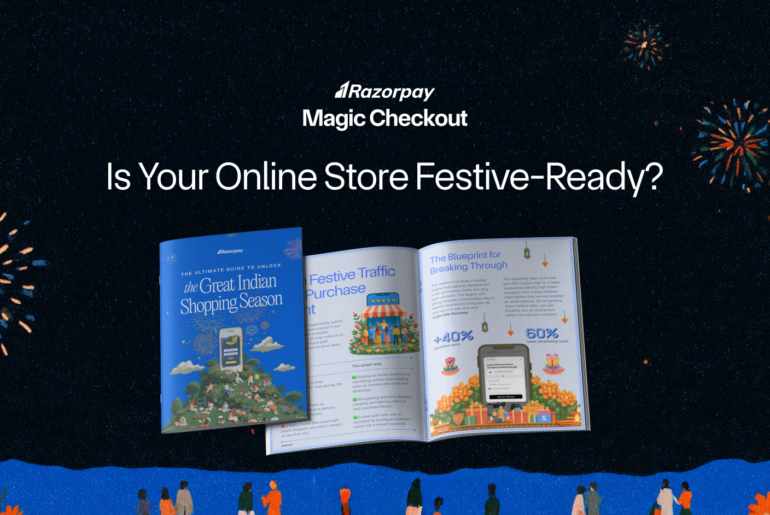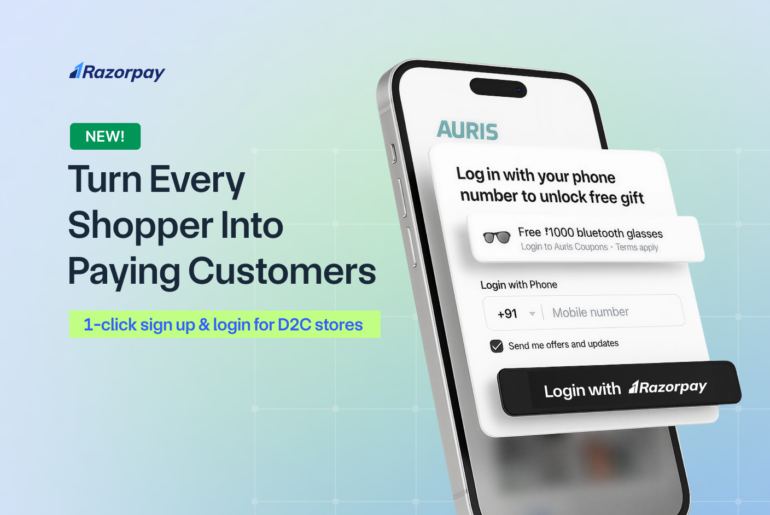Hand crafted products are often unique and attract customers who look for exclusive products. However attracting the right audience for such products might not be the easiest thing. With most things available online today, sellers of handmade goods should ensure that their products are available online either through exclusive websites or through online marketplaces.
Even after listing products online, effectively reaching and selling to the right customers is not straightforward. Here are some quick tips that can help in boosting the online sales for handmade goods:
1. Use good a quality image and include a detailed product description
Good quality, high resolution images that convey the true nature of the product is one of the first steps to keep in mind while selling handmade goods online. Uploading crisp, well lit and exact product images sets the right expectation in the minds of customers, thus leading to lower return rates.
Also ensure that products are captured from many angles in order to provide the right perspective to interested buyers. Perspective can also be captured by using a reference point like a ruler for comparison.
It is good practice to include a detailed product description that lists down all details about the product, including dimensions, material used, care instructions, and product limitations (like expiry dates for food items) for handmade products. Using the right keywords in the product description can help in internal searches on the website and can also help in boosting SEO.
For instance, one of Razorpay’s merchant, Greenopia that sells potted plants online always provides a detailed explanation on how their pots work, as seen below:

2. Provide free samples or giveaways
Handmade products are unique and provide distinctive value. The fact that they are unique and exclusive might not be easily understood by everyone, as in the case of other generic brands and products. Giving away free product samples is a great way to create a sense of curiosity about the brand and build brand recall with the audience.
Samples allow customers to experience products without having to spend on them; this in turn can lead them to explore more products from the same brand.
If free samples are not feasible then have small product samples that customers can buy and test. This way customers can save money on products they might not like or are doubtful about.
Small aspects like this can actually go a long way in garnering customer loyalty. Here is an example of how Juicy Chemistry, a handmade cosmetic company allows its customers to buy small product samples:

3. Create an engaging narrative
Creating an engaging narrative or telling an interesting story about how the product or brand came to be helps in building a human aspect for the brand. For instance, recipes used for a food product or the different elements used to weave a fabric or stories about how a hobby became a full fledged business can be interesting hooks to drive people to visit your online store.
At Razorpay, we power many small merchants with interesting backgrounds and products. One such merchant is Shikleli Bayko, a handmade bodycare product business started by a woman who discovered her talent of preparing beauty products in her own kitchen. Here is the interesting story on how Shikleli Bayko actually started:

4. Ensure right product packaging
Product packaging should not only be designed to carry the product in the right condition, but it should also be an extension of the brand identity. The exclusivity of the brand should come across in the packaging as well.
Packaging can also be personalised in order to build a personal connect; for instance, many brands send a personalized handwritten ‘thank you’ note to customers on purchase of products. Such personalized elements help in creating a positive brand association while keeping costs in check.
Handmade cosmetics brand, Juicy Chemistry provides interesting packaging for its products. Being an organic brand, its packaging is an extension of the same belief and its products are packaged in eco-friendly natural casings, as seen below:

5. Effectively leverage social media
Social media platforms like Facebook, Twitter and Pinterest among others have become hugely popular, especially for small businesses and entrepreneurs. Use social media platforms to periodically inform your followers about the latest product updates, ongoing offers and other product and brand related information. Social media not only acts as a platform to connect to customers individually, but also acts as a good platform to collect customer feedback and address customer queries.
6. Integrate an easy to use payment solution
In case you are using an exclusive website to retail your handmade products, you should integrate with a simple, easy to use payment solution to collect online payments from customers. For instance, Razorpay offers easy to integrate payment solutions that can be integrated into your website with very little technical support. In addition, the payment dashboard is a good place to keep track of online transactions, including the status of the transactions.
Here is screenshot of Razorpay’s simple and easy-to-use checkout page that businesses can leverage:

7. Connect with popular bloggers
Blogging has become mainstream today and many bloggers leverage their blog platform to drive business goals like building brand awareness, driving social media engagement and even boosting sales. Many bloggers also do interesting product reviews.
So, entrepreneurs can send their handmade products to bloggers and request them to cover their products on their blog and social media handles. As blogs are mostly written in first person, it also acts as a good platform to spread word-of-mouth communication as well.
8. Engage in offline sales
Online channels are a great place to sell products today in today’s internet age. However, offline events like sales and promotional campaigns can also prove to be a great place to create awareness and drive traffic to your online store.
Taking part in expos, flea markets and sales are a good place to interact with customers and provide them the chance to actually touch and feel your handmade products, which in turn leads to building a sense of trust about the brand. All such efforts can eventually boost sales on your online store.
9. Invest in email marketing
Email marketing plays an important part in online commerce today. Thus, collecting customer email addresses from both existing and potential customers can help entrepreneurs in driving traffic and sales. Once email addresses are collected, you can send interesting emails about the latest products, sales etc. However, it has to be kept in mind that customers are sent emails at reasonable time intervals and they don’t get constantly bombarded by emails.
A brand can use interesting ways to collect email addresses. For instance, our merchant, Greenopia collects visitor email address by providing them valuable tips on gardening, as seen in the message below:

10. List your products on other websites
In case you are a producer of handmade goods but are yet to build and retail products on your website, you can list on market places specially built for handmade products like qtrove.com, jaypore.com, worldartcommunity.com, craftsvilla etc. Featuring on such websites, automatically opens up your brand to a wider audience as well as a more targeted audience who visit the website for its unique handmade products.
Handmade goods offer a differentiated value to its customers and if leveraged well can become a huge success; the secret lies in building a unique product, telling the right story, leveraging the right means to attract and retain the target audience.
Related Read: How to Sell Handbags Online?



